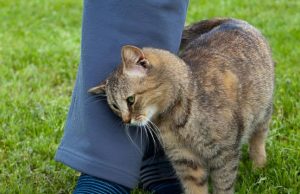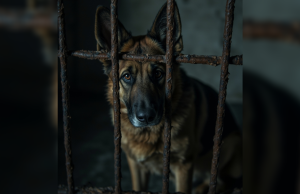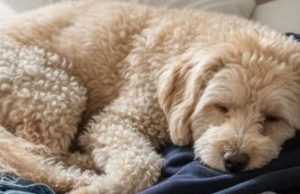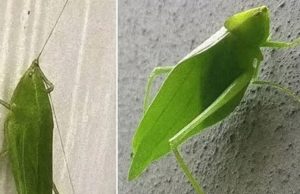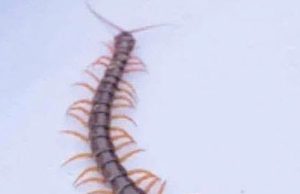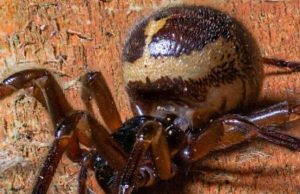Have you ever heard of Hachiko the dog? No? Neither had I until we visited Japan for the first time. If you ever go to Japan, then odds are you will hear about him.
Hachiko is a national hero to the Japanese! A dog so famous there have been several movies made about him.
He has his own bronze statue next to Shibuya Train Station in Tokyo, Japan, where hundreds of people have their photographs taken with him every day.
Even Hollywood has made a movie about Hachiko called “Hachiko – A Dog’s Story.”
There is a statue of him in Rhode Island in the USA, where the American version of the film was made. You will find the American Hachiko Statue at the Woonsocket Depot Square (Rhode Island). If you have seen the film “Hachiko – A Dog’s Story,” you will notice that the statue stands where the “Bedridge” train station featured in the movie. The statue is a replica of the famous and original Hachiko statue in Shibuya in Tokyo, Japan.
You may wonder why the Hachiko story is so famous. Well, I am happy you asked because I will give you the amazing, real, and very sad story about Hachiko, the dog. ♥
Once Upon A Time, There Was A Dog Named Hachiko
Hidesaburō Ueno, a professor in agriculture science at The University of Tokyo in Japan, had long wanted a purebred Japanese Akita dog. He had looked for the perfect Akita puppy for a long time until one of his students encouraged him to adopt a puppy he had found in Odate City, in the northern part of Japan.
Hachiko was born on November 10, 1923, at a farm in Odate City in the Akita prefecture of Japan. He was a purebred Akita dog by Akita father Oshinai (named after the area they lived in) and mother Goma (meaning “sesame”). Professor Ueno bought him for ¥30, which was quite the amount back then, and the Akita puppy was put on the train towards Tokyo.
The train trip took 20 hours and must have been hard on the little puppy. When he finally arrived at Professor Ueno’s house in Tokyo on 15 January 1924, the puppy was in bad shape, and they actually thought he was dead at first. Hachiko’s biography, written by Professor Mayumi Itoh, says that Professor Ueno and his girlfriend Yae nursed him back to being a strong puppy over the next six months.
Professor Ueno named his puppy Hachi, meaning the number eight in Japanese. Eight is a lucky number in Japan.
Hachi and his new owner soon became best friends. Professor Ueno loved his dear dog above all and treated him as his son. The two of them were inseparable.
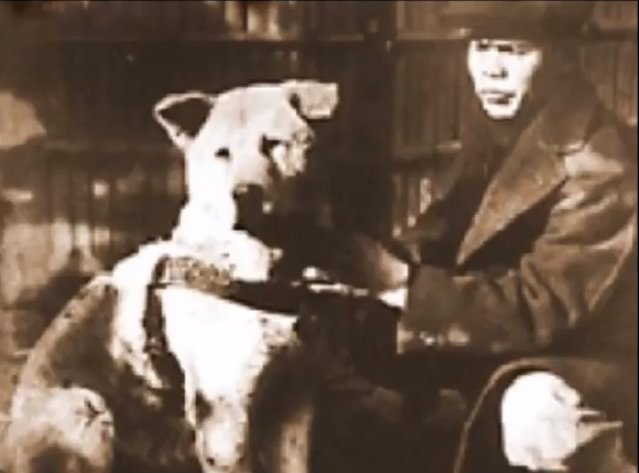
As Hachi grew older, he started to see his owner off to work in the morning at the Shibuya Train Station in central Tokyo and went to pick him up at the station in the afternoon when he returned from work.
On May 21, 1925, only two years after Hachi was born, Hachi was, as usual, sitting by the exit at Shibuya train station waiting for his dear best friend, Professor Ueno. But his owner never showed up…..
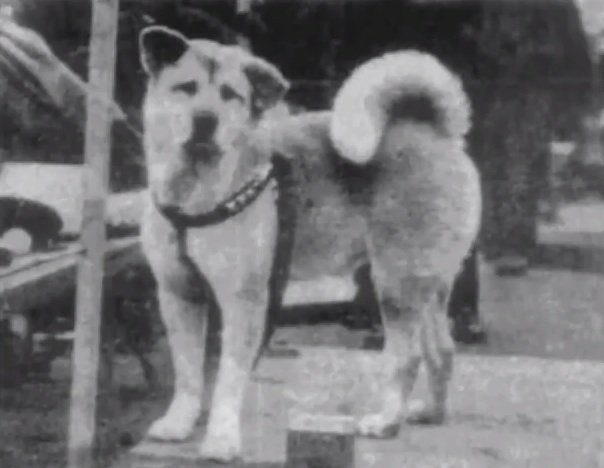
It turned out that Professor Ueno had suffered from a cerebral hemorrhage and died suddenly and unexpectedly while at work 53 years old. Hachi had been with Professor Ueno for one year and four months by then.
Hachi moved in with a former gardener of the Ueno Family, Kozaburo Kobayashi. But throughout the rest of his ten-year-long life, he kept going to the Shibuya Train Station every afternoon precisely when the train was due to enter the station. He sat there for hours, patiently waiting in vain for the return of his beloved owner, who sadly never came back.
“In the evening, Hachi stood on four legs at the ticket gate and looked at each passenger as if he were looking for someone,” writes Professor Itoh in Hachiko’s biography.
Hachi’s new home in Kobayashi’s house was in Tomigaya, which is close to Professor Ueno’s previous house. So Hachi could easily walk to Shibuya Station every day. Sadly, people did not always treat Hachi nicely as he lingered around the station. There are stories of him being beaten and bullied by pedestrians, the staff at the train station, and also children. That all changed when he appeared in the newspaper Japanese Daily one day.

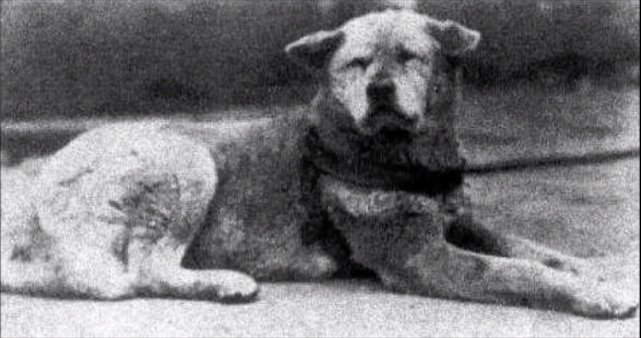
Hachiko Became A Celebrity
A major Japanese newspaper reporter picked up Hachi’s story in 1932 and published it, which led to Hachi becoming a celebrity all over Japan.
People started calling him “Chuken-Hachiko“, which means “Hachiko – the faithful dog“.
The story of the dog that never gave up also gained a lot of attention in national media, inspiring many people from all over the world to visit Hachiko at Shibuya Train Station to offer him treats. He touched the hearts of the Japanese people and soon became their hero.
Hachiko would sit outside Shibuya Station daily, waiting for his already dead friend and master, precisely when his friend’s train was due at the station. He continued this wait for an incredible nine years, nine months, and 15 days until he died himself on March 8, 1935. He was 11 years old.
No wonder he, even today, is a big symbol of love, devotion, and loyalty. ♥
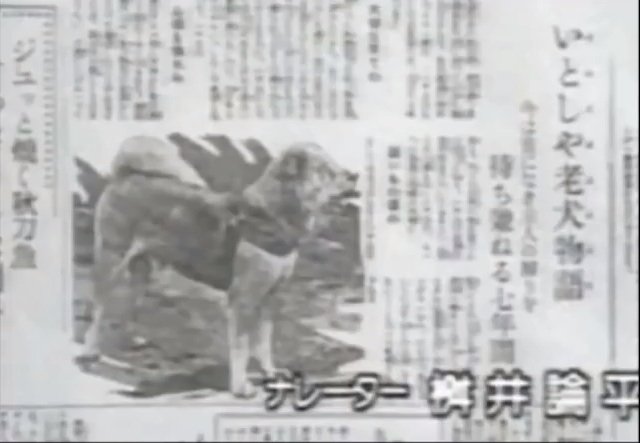
Hachiko Statues
There are currently five Hachiko statues and monuments in Tokyo.
1. Hachiko Statue – Shibuya Station
The most famous and visited Hachiko statue is in front of Shibuya Station in the center of Tokyo. It was erected in 1934 by the Japanese artist Teru Andō.
The statue was unveiled at a grand ceremony in front of Shibuya train station, with Hachiko himself present as the main guest.

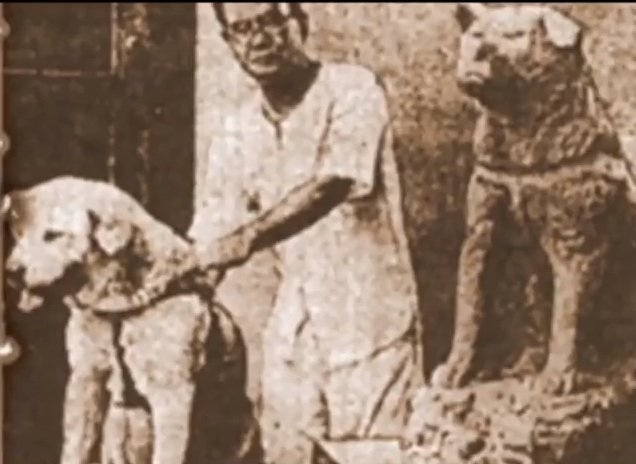
Today, the Hachiko bronze statue outside Shibuya Station is one of Tokyo’s biggest tourist attractions. It is also a popular meeting place, especially among young Japanese.
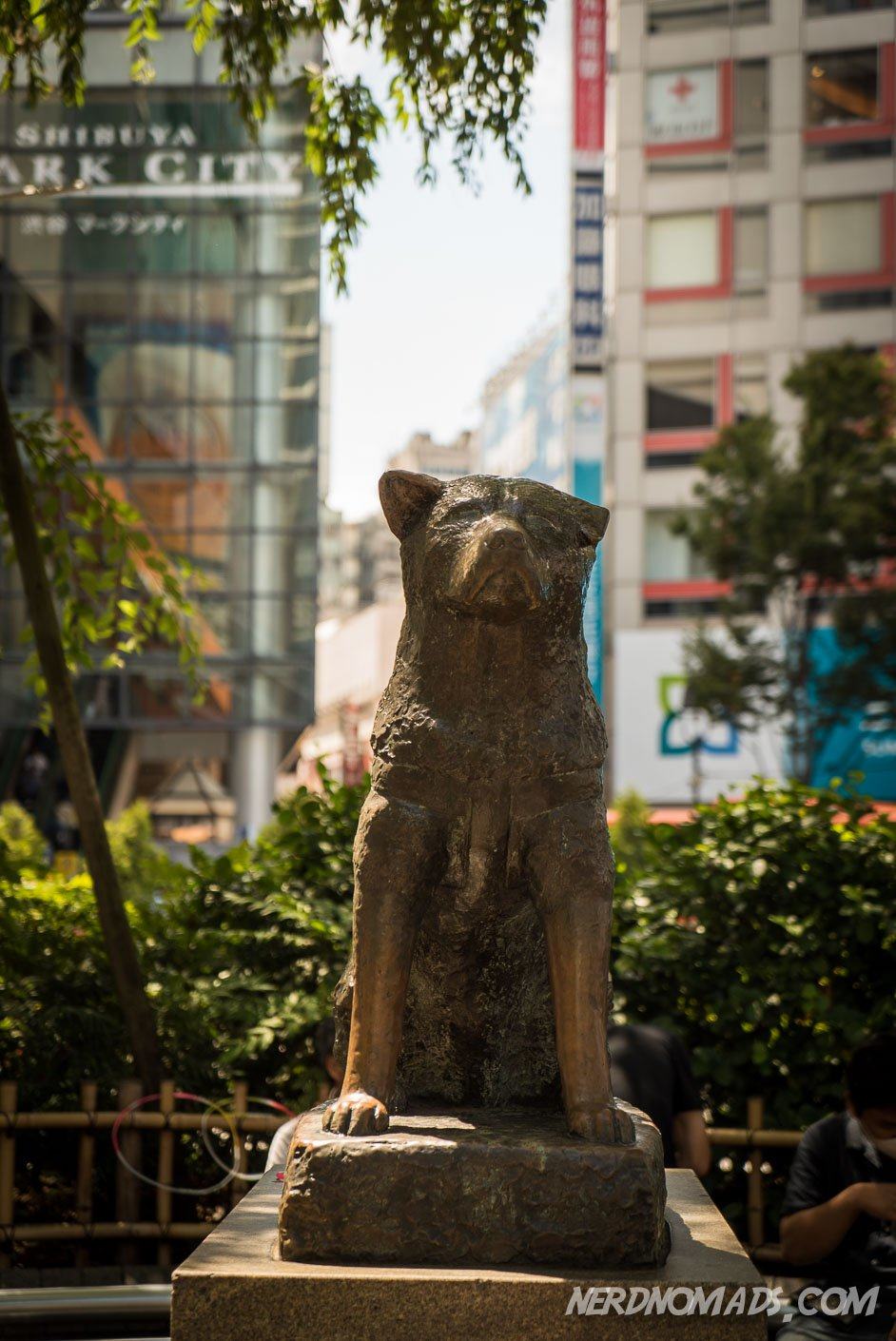
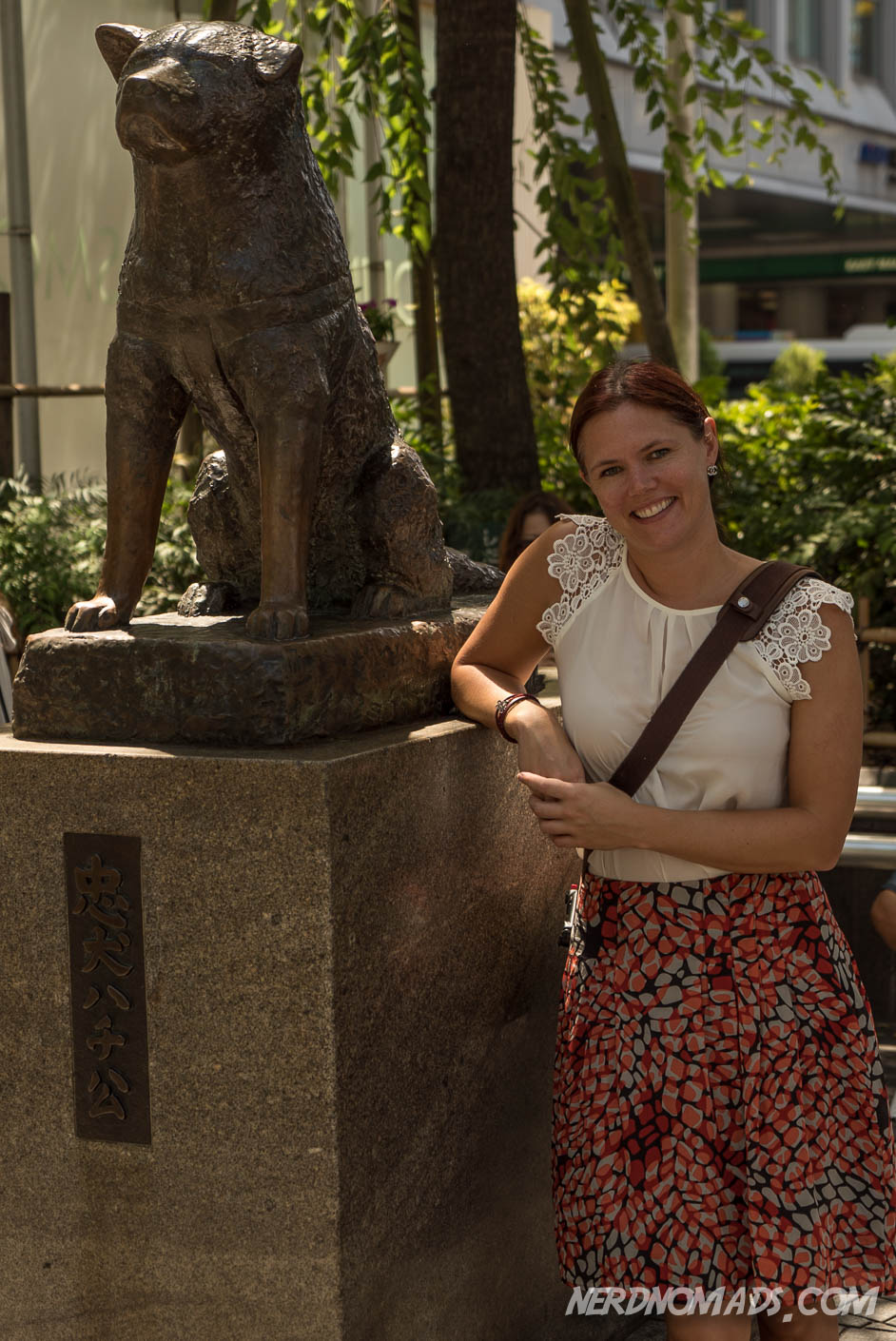
There have actually been two Hachiko bronze statues at Shibuya Station over the years. The original one was removed during World War II and melted as a source of metal. The current Hachiko statue is from 1948, made by Takeshi Ando (the original artist’s son).
If you visit the Hachiko Statue, you will notice that the entrance where you exit Shibuya Station is named “Hachikō-guchi.” This means “The Hachikō Entrance/Exit” in English and is one of Shibuya Station’s five exits in total.
Hachiko Annual Memorial Ceremony – March 8
Every year, on Hachiko’s death day, March 8, there is a memorial ceremony at the Shibuya Station honoring Hachi, as well as love and loyalty. The ceremony in 2023 was huge, with a lot of people attending, as Hachiko would have turned 100 years old in 2023.
2. Hachiko Mosaic – Shibuya Station
On the Shibuya Station wall is a huge, beautiful mosaic artwork titled “Hachiko Family.” The mosaic mural shows Hachiko playing happily with his parents and siblings. It was created by the Japanese artist Ryutaro Kitahara and completed in March 1990.
It is a place of hellos and goodbyes
of happiness and sadness
It is the fashionable square where people gather
It is the square where you feel the joy of living
Let’s talk about your and my happiness
Let’s meet in front of the “Hachiko Family” mural
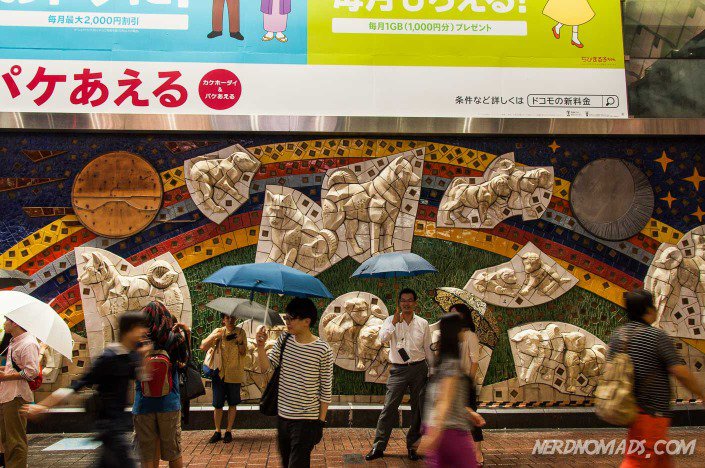
Beautiful mosaic artwork of Hachiko with his family at Shibuya Train Station, Tokyo
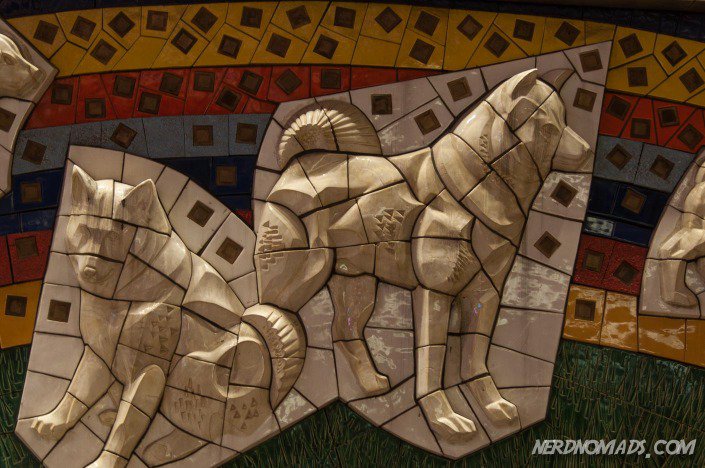
3. Stuffed Hachiko – National Museum of Nature and Science, Tokyo
Hachiko passed away peacefully and alone on the street near Shibuya train station on March 8, 1935. He became 11 years old (November 10, 1923 – March 8, 1935).
As he was such a huge symbol of loyalty and devotion in Japan, they had him stuffed and preserved. You can meet and see Hachiko at the National Museum of Nature and Science in Ueno, Tokyo.
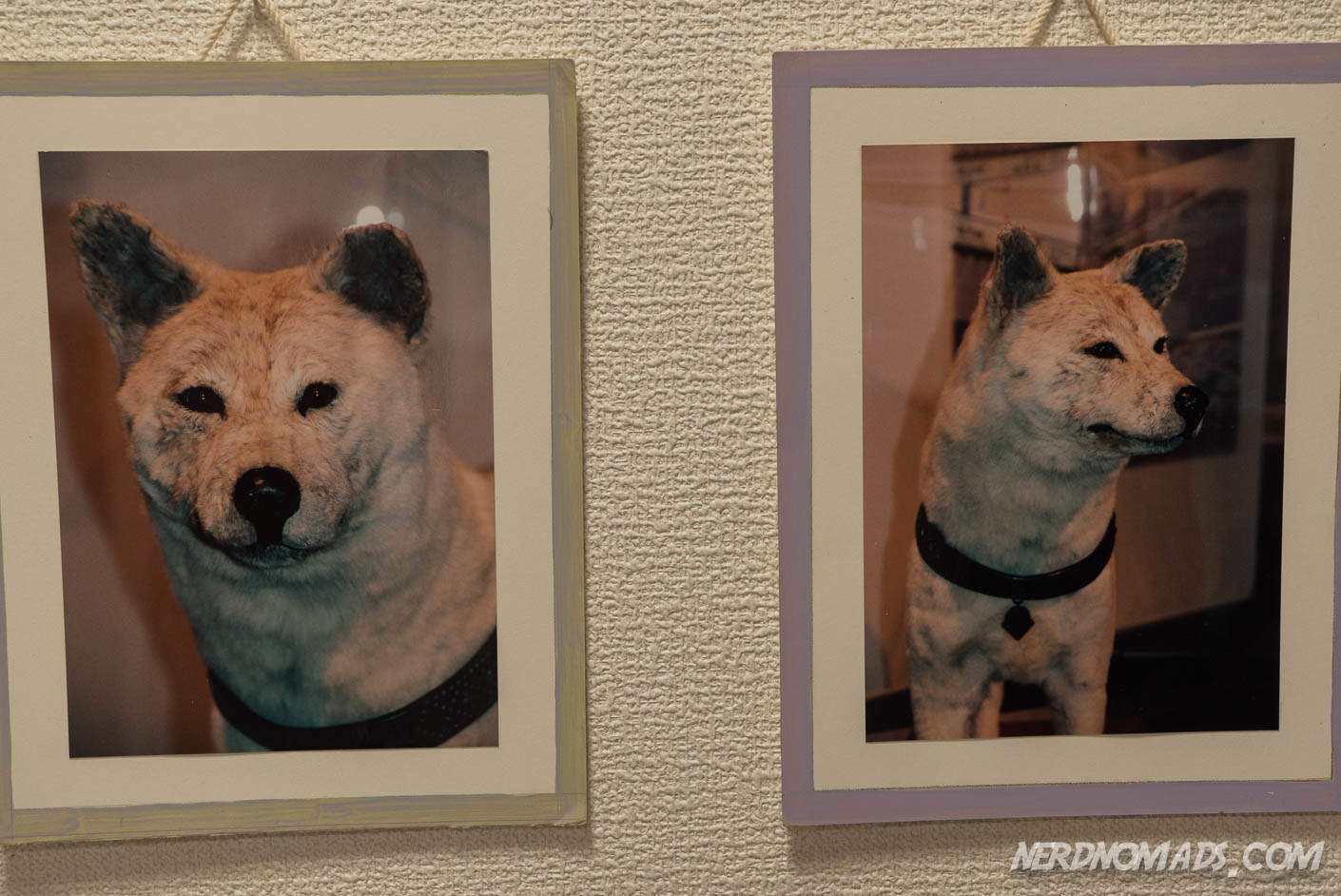

4. Hachiko & Professor Ueno Statue – University of Tokyo
At the University of Tokyo, there is a beautiful bronze statue of Hachiko and his best friend and owner, Professor Hidesaburō Ueno. This was the place where Hachiko’s owner worked as a professor in Agriculture Science and also where he died suddenly of a cerebral hemorrhage, leaving Hachiko alone in this world.
This is my favorite Hachiko statue and shows a hearty reunion between Hachiko and Hidesaburō. It is placed under a huge tree and feels so peaceful. There is a bench next to the statue, which is the perfect place to sit down for a bit and do some philosophical thinking about loyalty, love, and devotion. There were also no other people there when we visited this statue, so we did not have to rush it, as is often the case at the Hachiko statue at Shibuya Station, where there is always a queue of people wanting to take a photo.
The statue was erected on March 9, 2015, marking the 80th anniversary of Hachiko’s death. It was made by the Japanese artist Tsutomo Ueda from Nagoya. The statue shows Hachiko jumping and greeting Hidesaburō at the end of a workday at the University. It is such a cute statue! ♥
Next to the statue is a small museum. Here, you can see a display with articles and photos of Hachiko and also his autopsy report, and some of his entrails. The autopsy showed that Hachiko died of terminal cancer and a filaria infection. They also found four yakitori skewers in Hachikō’s stomach. But the skewers did not damage his stomach and were not the cause of his death.
If you are keen on doing a visual examination by yourself, Hachiko’s liver, heart, and lung are on display at the small museum next to the statue at the University of Tokyo’s Faculty of Agriculture (near Ueno Park).
5. Hachiko Monument – Professor Ueno’s Grave
Hachiko’s fur was preserved to be put in the museum, but his remains were cremated, and his ashes were buried next to his beloved friend and owner, Professor Ueno. You can visit his grave in Aoyama Cemetery in Minato, Tokyo.
There is a monument of Hachiko beside his owner`s tomb in Aoyama Cemetery.

⇒ If you plan on visiting Japan, check out our recommended Japan Itinerary
Akita Hachiko Dog Museum – Odate City
There is even an Akita Dog Museum In Japan, which honors the most famous Akita dog in the world – Hachiko. It is located in Odate city, in the Akita prefecture of Japan. The museum is a must-visit for animal lovers.
Here, you can learn everything about the Akita dog and Hachiko in particular. On weekdays, you even get to meet and play with two cute Akita dogs inside the museum. So much fun!
The museum is open every day from mid-April to mid-November, between 09:00 (9 am) and 16:00 (4 pm).
If you love Akita dogs, and Hachiko in particular, you should visit this museum.
Odate City, where the museum is located, is the “capital city” of the Akita dog breed. The city is full of Akita dog statues and symbols. You will, for instance, find a Hachiko statue in front of Odate Station, a Hachiko Shrine on the train platform, and an Akita dog figure on top of the postbox at the City Hall. Even the city’s manhole covers are decorated with Hachiko-related cartoon characters. So remember to look down as you walk the streets of Odate City.
Address: 13-1 Aza Sannomaru Ōdate City, Akita, Japan
Opening hours: mid-April to mid-November, between 09:00 (9 am) and 16:00 (4 pm)
Webpage of the Akita Haciko Dog Museum
The Japanese Love Dogs
The Japanese love dogs! ♥ All over Japan, we met a lot of cute and beloved dogs. Here are a few that we met:

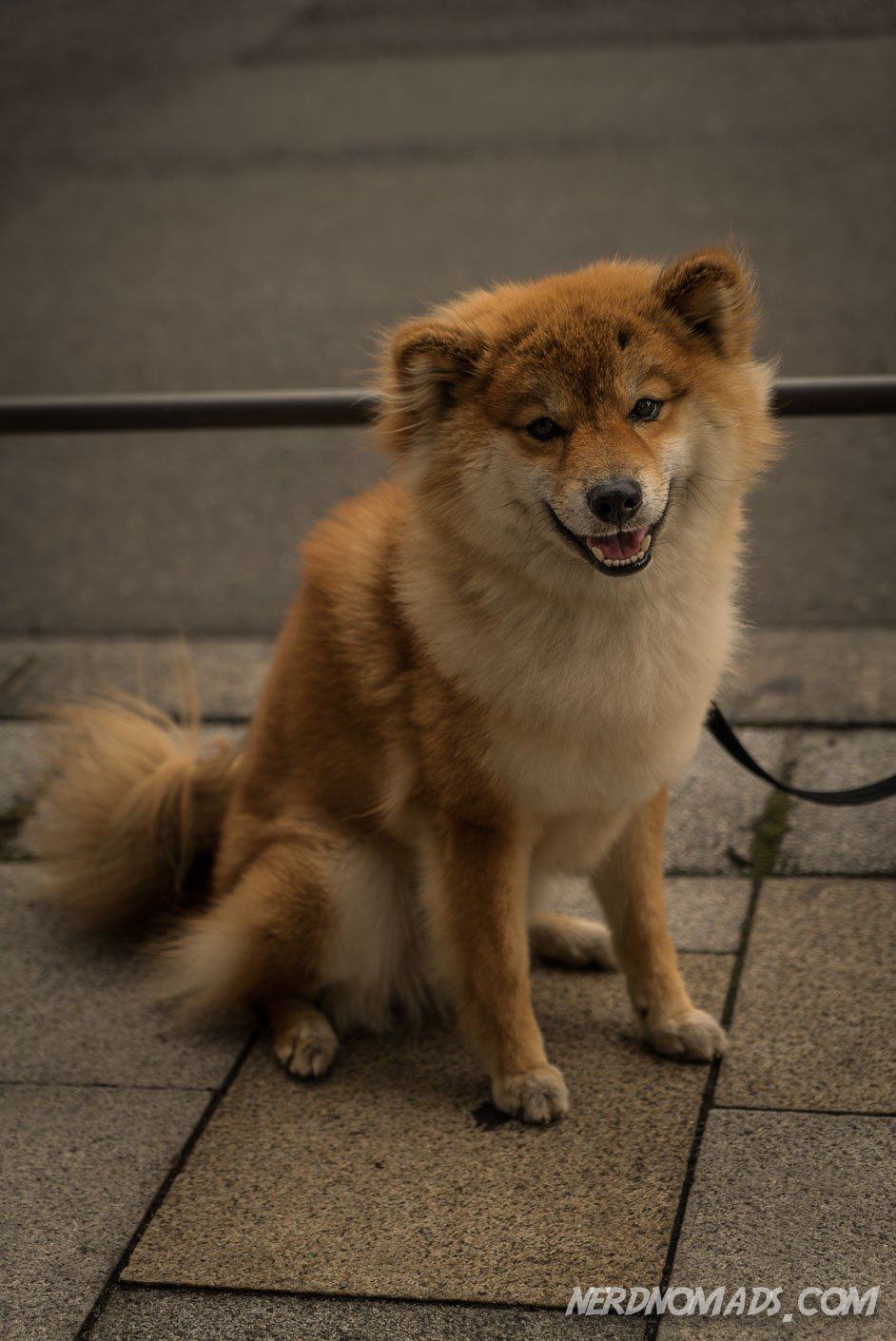
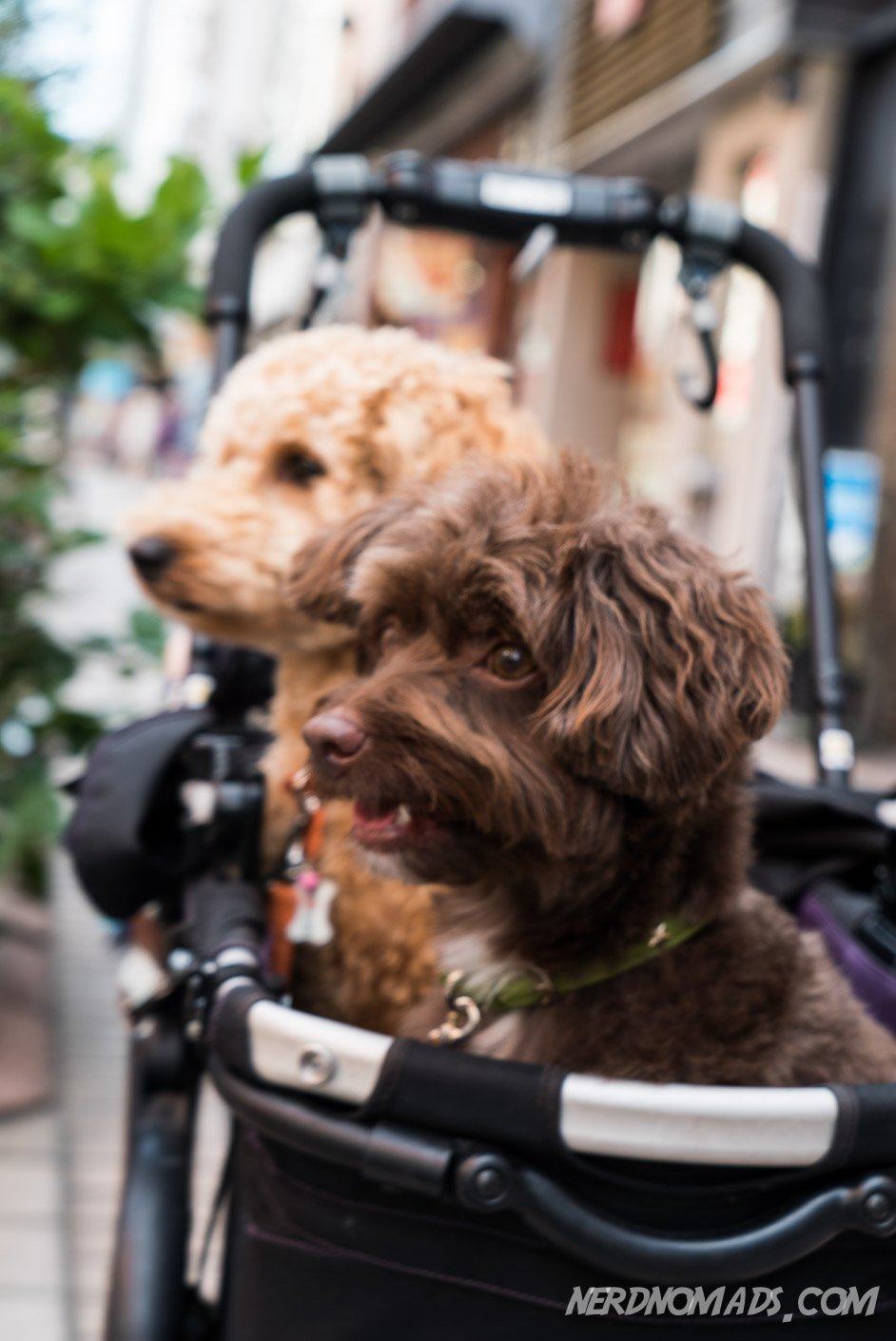
As a dog lover, the story of Hachiko really moved me. It is good to see that even today, Hachiko’s statue remains a symbol of this dog’s extreme loyalty and a reminder of the lengths one can go to stay devoted to a friend.
Dogs really are man´s best friend! Don`t you agree? ♥


